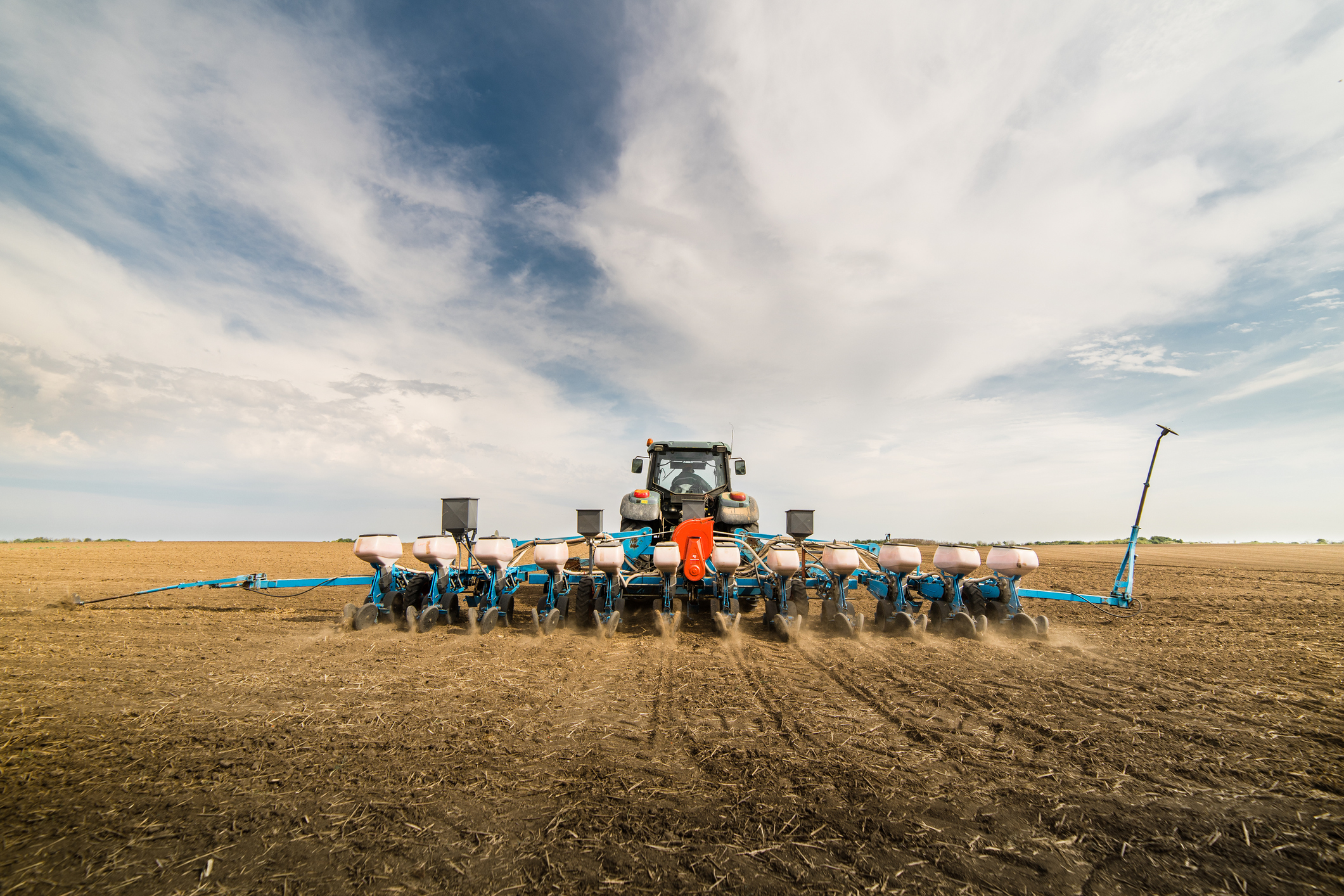
U.S. Soy! International buyers are stepping ahead of weather, logistics, and price — increasing demand for U.S. Soy with record new crop commitments on the books.
International buyers have committed to import 18.5% of new U.S. Soy crop, according to the U.S. Department of Agriculture’s most recent export sales forecast. Meanwhile, just 3% of new crop soybeans have been planted.
For the week ending April 21, China committed to buy an additional 468,000 metric tons of U.S. Soy for import, pushing total outstanding commitments for new crop at 10.7 million metric tons.
But it’s not just strong demand driving this record early-season commitment, explains Carlos Salinas, U.S. Soybean Export Council regional director for the Americas.
“Right now, with the exception of a few countries in the world, crush margins are extremely healthy for the soy processing industry,” Salinas says.
To improve their chance of locking in these high crush margins, international buyers are committing early to secure physical supply, prices and logistics ahead of possible drought expansion from Plains States to the Midwest.
As U.S. farmers see strengthening prices for the soy crop, international buyers in many destinations see these price increases magnified on the cost side of the budget due to the strength of the U.S. dollar. The difference between today’s rally and the rally in 2012 is the strength of the U.S. dollar. Today, the U.S. Dollar Index is at least 20% stronger than 2012. That is an expensive tab for global buyers.
While every market is different and not every currency around the world behaves the same way, Salinas says: “This has a significant impact for international customers.”
What else is driving business in the global soy complex? Listen to experts Jim Sutter, Arlan Suderman, Mac Marshall and Xiaoping Zhang for more insights during the next USSEC-hosted U.S. Soy World Agricultural Supply and Demand Estimates report May 12 at 7 p.m. Central.
______________
About the Speakers:
- Jim Sutter, USSEC CEO
- Arlan Suderman, StoneX Group Chief Commodities Economist
- Mac Marshall, USSEC and United Soybean Board Vice President of Market Intelligence
- Xiaoping Zhang, USSEC Regional Director for Greater China
Also, there will be a special focus on China with a look at key market drivers, what’s happening on the ground-level and expectations for the months ahead.
- Partially funded by U.S. soybean farmers, their checkoff and the soy value chain.